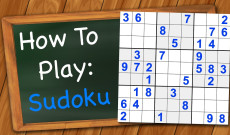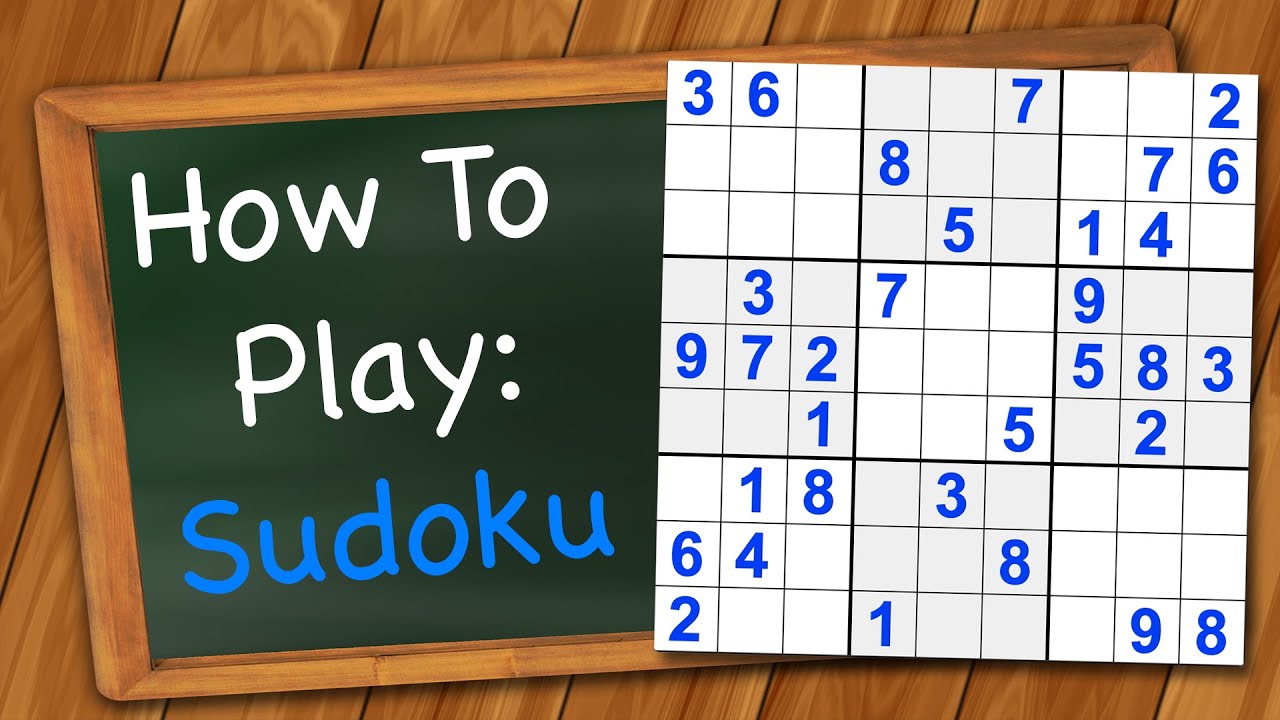- Puzzle Games
- Sudoku
Advertisement
Advertisement

Sudoku
Sudoku is a popular number puzzle game that challenges your logical thinking and problem-solving skills. It is typically played on a 9x9 grid, which is ...
GAME INFO
Categories & Tags:
Advertisement
Advertisement
Sudoku is a popular number puzzle game that challenges your logical thinking and problem-solving skills. It is typically played on a 9x9 grid, which is further divided into nine 3x3 subgrids or regions. The objective of Sudoku is to fill the entire grid with numbers so that each row, each column, and each 3x3 subgrid contains all the digits from 1 to 9, with no repetition of numbers in any row, column, or subgrid.

Instructions
Controls Guide:
Sudoku is typically played using simple controls, whether you are playing on paper or using a digital platform:
Selecting an Empty Cell: Click or tap on an empty cell within the Sudoku grid to select it. This is the cell where you want to place a number.
Entering a Number: To enter a number in the selected cell, you can either type the number using your keyboard or select it from the numbers provided on the side of the Sudoku grid.
Correct Placement: If the number you enter is correct and follows the Sudoku rules (i.e., it doesn't violate any of the Sudoku constraints), the number will remain in the cell.
Incorrect Placement: If you enter a number that violates the Sudoku rules, it will not be accepted, and you will need to correct it.
Notes: Some Sudoku puzzles allow you to take notes in the cells to help you keep track of possible numbers. You can usually switch between notes and actual numbers by clicking a pencil icon or a similar tool.
How to Play:
Playing Sudoku involves the following steps:
Start with Clues: Sudoku puzzles typically start with some cells pre-filled with numbers, known as "clues." These initial numbers provide the starting point for solving the puzzle.
Logic and Deduction: To solve the puzzle, use logic and deduction to fill in the empty cells. Start by looking for rows, columns, or subgrids where only one number is missing and can be logically deduced.
Elimination: Identify and eliminate possibilities for each empty cell by considering the numbers already placed in the same row, column, and subgrid. This process may involve checking for unique candidates.
Trial and Error: In more challenging Sudoku puzzles, you may need to use trial and error by temporarily placing numbers in empty cells and seeing if it leads to contradictions. If it does, you'll need to backtrack and try a different number.
Repeat and Refine: Continue to fill in numbers, eliminate possibilities, and refine your choices until you successfully complete the Sudoku puzzle by filling in all the cells while adhering to the Sudoku rules.
Sudoku puzzles come in various difficulty levels, from easy to extremely challenging. As the puzzles become more complex, they require more advanced and strategic logic to solve. The goal is to complete the puzzle in the shortest time possible while maintaining accuracy and adherence to the Sudoku rules.
Advertisement
Advertisement































Discuss: Sudoku